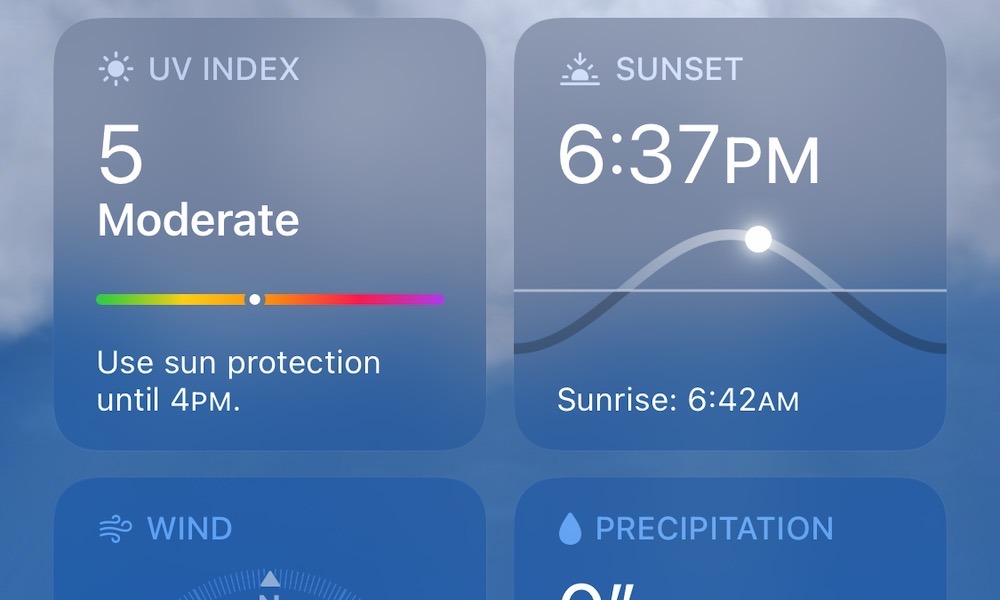- Home
- Mind & body
- Slip, slop, slap: What’s wrong with that?
At CBHS we help you manage your health challenges. We believe in offering you the services, support and tools you need to live your best life.
Health and Wellness Programs are available to support eligible members towards a healthier lifestyle. Each Health and Wellness Program is subject to its own eligibility criteria.
Contact us for more information and to confirm your eligibility for a program.
Slip, slop, slap: What’s wrong with that?

Slip on a T-shirt, slop on some sunscreen, and slap on a hat. “Slip, slop, slap” has been the catchphrase of every Australian summer since the SunSmart campaign was launched in 1981. Back then, melanoma rates were rising and the link between ultraviolet radiation and skin cancer was becoming clear. Today, SunSmart remains one of Australia’s most successful health campaigns.
As we uncover new information, it's crucial to reassess the relationship between sun protection and vitamin D. Vitamin D is a fat-soluble vitamin that is found in very few foods. Sometimes it is added to foods and it can be taken as a supplement, but the easiest way to get your daily intake of Vitamin D is by going outdoors. Your body manufactures vitamin D in a three-step process.
When rays in the invisible ultraviolet light are absorbed into the skin, they stimulate skin cells to produce vitamin D precursors. The liver converts these precursors to calcidiol, which the kidneys convert into a bio-available vitamin that the body can use.

Ultraviolet (UV) radiation from the sun has both beneficial and harmful effects on human health. Cancer Council Australia advises that maintaining a balance between sun exposure and the risk of skin cancer is crucial. Adequate sun exposure is important for maintaining optimal vitamin D levels, which supports bone health, boosts immunity, and reduces the risk of internal cancers and depression.
“By adopting a balanced approach that considers sun protection measures and personalised vitamin D needs, we can help maintain optimal health while minimising the risk of skin damage and skin cancer.”
A comprehensive Australian study revealed that the level of ultraviolet B (UVB) radiation in sunlight varies depending on factors such as latitude, season, and time of day. Physical characteristics, including skin type, also impact the body's ability to produce vitamin D. Because of their extra melanin protection, people with darker skin types tend to generate less vitamin D compared to those with lighter skin.

Among all modifiable behavioural factors, the study highlighted that the amount of exposed skin while outdoors was the most influential in determining vitamin D levels. Intriguingly, the findings suggest that increasing the amount of exposed skin through appropriate clothing choices could be more effective in boosting vitamin D levels than simply staying in the sun longer.
Weighing up the benefits of vitamin D against the risk of skin cancer shouldn’t be a question you have to ask every time you go outside. So, Australian experts have advised us on a couple of simple rules to follow.
“Maintaining optimal vitamin D levels is crucial for overall health, and finding the right balance between sun protection and sun exposure is essential.”
In theory, since sunscreens prevent sunburn by blocking UVB light, you might expect that they’d also lower Vitamin D levels. However, Cancer Council has advised that during the summer months in Australia, when the UV index is above 3, it’s important to take appropriate sun protection measures to minimise the risk of skin and eye damage. Wearing a broad-brimmed hat, protective clothing, sunglasses, sunscreen, and seeking shade when outdoors for extended periods is strongly recommended. For most Australians, regular day-to-day outdoor activities during this time (like hanging out washing or running errands) provides adequate sun exposure to maintain optimal vitamin D levels.
In the morning and late afternoon, or in late autumn and winter, when the UV Index falls below 3 in certain parts of Australia, sun protection measures are generally not required. To support vitamin D production during these periods, spend time outdoors in the middle of the day with some skin exposed on most days of the week. Engaging in physical activities while outdoors can further enhance vitamin D levels. However, if you spend extended time outdoors for your job, like road workers or tradies for example, sun protection is recommended all year round.
TOP TIP: Get an app like SunSmart, or simply check your smartphone’s weather app, to see what the UV Index is on any given day.

It's important to note that vitamin D production is influenced by various factors, including age, skin colour, latitude, season, and time of day. Because of this, providing general recommendations for the entire population becomes challenging. However, as a general rule of thumb, to prioritise skin cancer prevention and maintain adequate vitamin D levels, extended and deliberate sun exposure without sun protection when the UV Index is 3 or above is not recommended, even if you have been diagnosed with vitamin D deficiency.
“Sun protection is crucial for everyone, regardless of skin type or colour. While we need sunlight to produce vitamin D, it's important to balance sun exposure with the risk of skin damage and cancer.”
In cases of severe vitamin D deficiency, it is essential to seek medical advice and supervised therapy. In some instances, your healthcare professional may prescribe oral vitamin D3 supplementation to address the deficiency effectively. Additionally, for those at a higher risk of skin cancer due to factors like a history of skin cancer, organ transplant, immunosuppression, or extreme sun sensitivity, supplements may be beneficial, particularly when even brief sun exposure poses a risk.
For most people, 10 to 15 minutes of sunlight every day is enough to maintain a healthy supply of vitamin D. Wearing sunscreen will protect you from sunburn and help protect you from skin cancer. So, slip on a shirt, slap on a hat, and cover yourself in sunscreen with confidence.
All information contained in this article is intended for general information purposes only. The information provided should not be relied upon as medical advice and does not supersede or replace a consultation with a suitably qualified healthcare professional.
Sources
https://www.betterhealth.vic.gov.au/health/healthyliving/vitamin-d
https://www.healthdirect.gov.au/skin
https://www.healthdirect.gov.au/sunscreen
https://www.rch.org.au/kidsinfo/fact_sheets/Vitamin_D/
https://pubmed.ncbi.nlm.nih.gov/24573539/
Health and wellbeing
programs & support
You Belong to More with CBHS Hospital cover:
- Greater choice over your health options including who treats you
- Get care at home with Hospital Substitute Treatment program
- Free health and wellbeing programs to support your health challenges
Live your healthiest, happiest life with CBHS Extras cover:
- Benefits for proactive health checks e.g. bone density tests, eye screenings
- Keep up your care with telehealth and digital options
- Save on dental and optical with CBHS Choice Network providers
